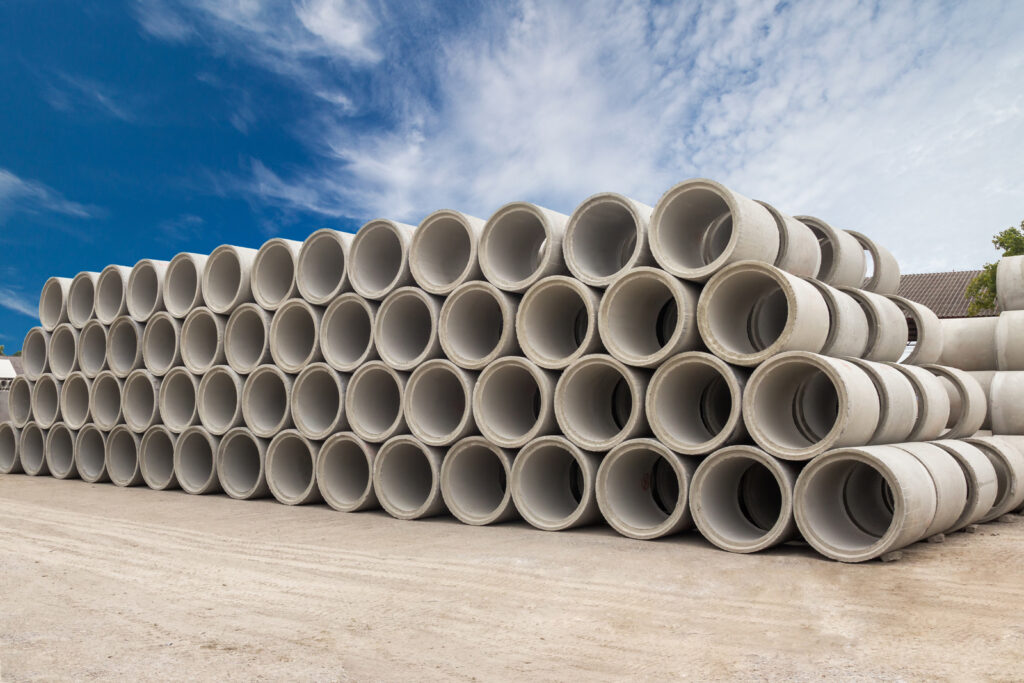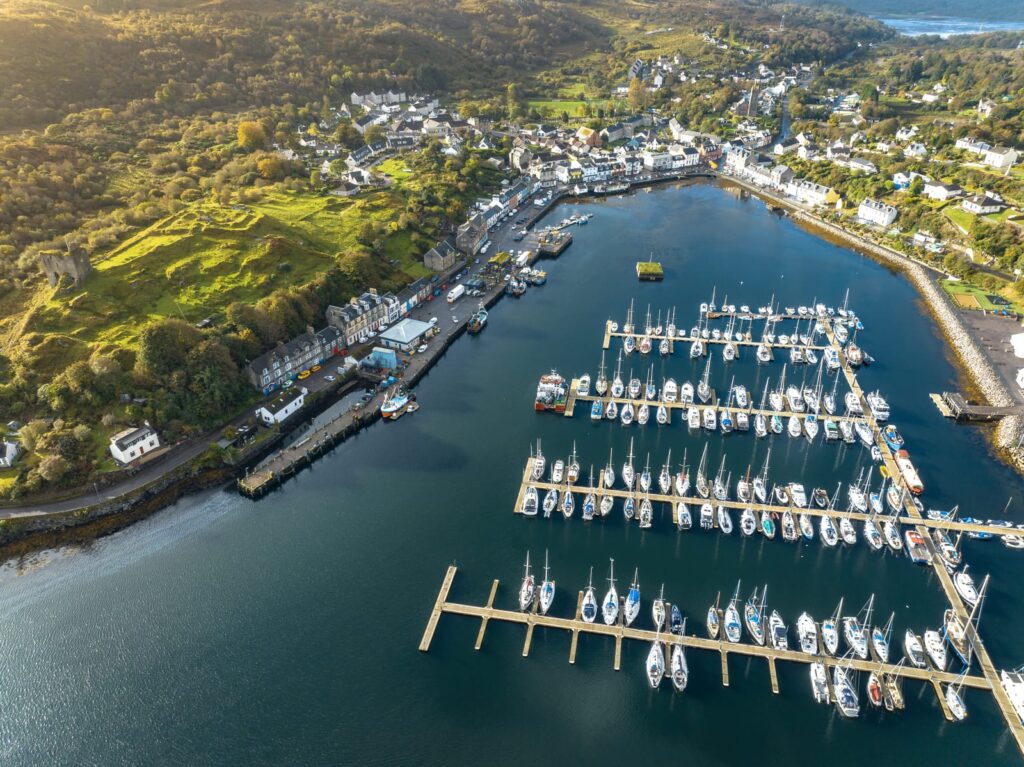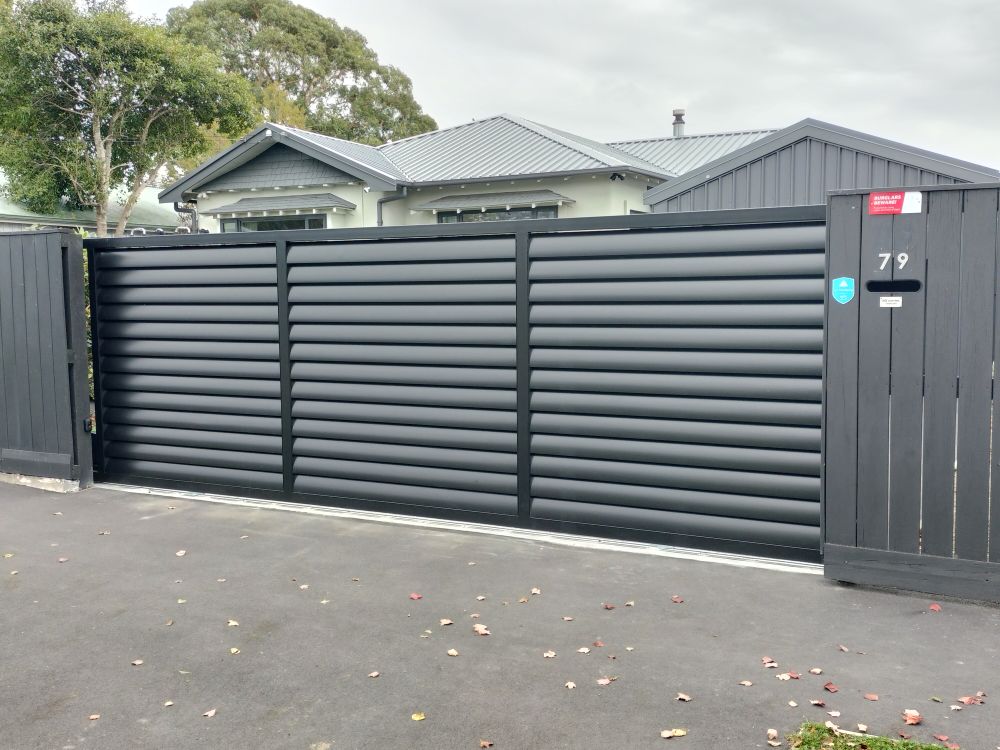Auckland’s vibrant coastal scene is a cornerstone of the city’s identity. However, this idyllic location also presents unique challenges, particularly when managing water. With rising sea levels and increasingly severe weather events linked to climate change, ensuring resilient drainage systems for coastal businesses is no longer just a recommendation, it’s a necessity.
This article explores coastal businesses’ specific threats and explores various strategies for creating robust drainage systems to safeguard their operations.
Understanding the Threats: From Rising Seas to Increased Rainfall
Sea Level Rise:
Auckland Council projections indicate sea levels could rise by up to a meter by 2100. This rise will lead to increased inundation, saltwater intrusion into freshwater tables, and destruction along coastlines. Poorly designed drainage systems will struggle to cope with this influx of water, potentially causing flooding and structural damage to buildings.
Changes in Weather Patterns:
Climate change disrupts traditional weather patterns, leading to unpredictable precipitation events. Droughts can cause the ground to become hardened and less receptive to rainwater, leading to increased runoff and flash floods during subsequent heavy rainfall events.
Increased Rainfall Events:
Climate change is predicted to bring more frequent and intense downpours. Traditional drainage systems, designed for historical rainfall patterns, may be overwhelmed by these events, leading to flash flooding and surface water ponding. This can disrupt business operations, damage stock, and create hazardous working conditions.
Coastal Storms and Inundation:
Auckland’s exposure to fierce coastal storms can cause significant surges in water levels. Combined with high tides, these surges can overwhelm drainage systems and cause flooding in low-lying coastal areas.
Saltwater Intrusion:
As sea levels rise, saltwater can infiltrate freshwater tables and contaminate groundwater supplies used by businesses. This can have a devastating impact on industries reliant on freshwater, like hospitality and food service.
Building Resilience: A Multi-Pronged Approach
Fortunately, there are several strategies coastal businesses can adopt to build drainage systems that can withstand these growing threats.
Upgrading Drainage Infrastructure:
Increased Capacity:
Existing drainage systems may need to be expanded to handle larger volumes of water. This could involve installing wider pipes, additional drains, and upgraded pumping stations.
Improved Permeability:
Surrounding pavements and walkways can be replaced with permeable materials that allow water to infiltrate the ground and reduce strain on traditional drainage systems.
Non-return Valves:
These valves prevent seawater from backing up into drains during high tides and storm surges, protecting businesses from saltwater intrusion.
Utilising Green Infrastructure:
Rain Gardens:
These landscaped areas capture and filter rainwater before slowly releasing it into the drainage system. Rain gardens not only reduce runoff but also improve water quality and beautify the surrounding area.
Bioswales:
Like rain gardens, bioswales are shallow, vegetated channels that filter stormwater runoff before it enters the main drainage system. They are particularly effective in capturing pollutants and sediment.
Green Roofs:
Covering rooftops with vegetation creates a natural buffer that absorbs and filters rainwater, reducing the amount of water entering the drainage system.
Floodplain Management:
Floodproofing Measures:
Raising electrical equipment, doorways, and critical infrastructure above projected flood levels can minimise damage during inundation events.
Flood Warning Systems:
Investing in real-time flood warning systems can provide businesses with valuable time to prepare for rising water levels and take preventative measures.
Adopting Sustainable Practices:
Water Conservation:
Implementing water-saving measures within businesses can reduce the overall volume of water entering the drainage system. This could include installing low-flow toilets, fixing leaky faucets, and harvesting rainwater for irrigation.
Regular Maintenance:
Regular cleaning and maintenance of drains, grates, and pumps are crucial for ensuring optimal drainage system performance.
Working Together for a Resilient Future
Creating a comprehensive and resilient drainage system requires collaboration between multiple stakeholders. Here are some key aspects of this collaborative effort:

Council Support:
The Auckland Council can play a vital role by providing guidance, financial assistance, and technical expertise to coastal businesses looking to upgrade their drainage systems.
Industry Collaboration:
Industry associations can facilitate knowledge sharing and best practice development among coastal businesses, promoting collective action towards drainage resilience.
Community Engagement:
Raising awareness within the coastal community about the importance of drainage systems and encouraging water-wise practices can contribute significantly to long-term resilience.
Why is a Drainage System Important to the Environment?
Effective drainage systems are the silent guardians of a healthy environment. They play a crucial role in several ways:
Flood Prevention:
As mentioned earlier, well-designed drainage systems act as the first line of defence against flooding. By efficiently channelling excess rainwater and runoff away from developed areas and towards natural waterways, they prevent inundation that can devastate ecosystems and infrastructure. Uncontrolled floods can have the following effects.
Habitat Destruction:
Flooding can rip through native vegetation, erode riverbanks, and smother sensitive ecosystems like wetlands and coral reefs. This disrupts food webs, displaces wildlife, and hinders the natural functions of these vital habitats.
Erosion and Sedimentation:
Raging floodwaters can cause significant soil erosion, stripping away topsoil and leaving behind infertile land. This eroded soil is then deposited downstream, smothering aquatic life in rivers and estuaries.
Water Pollution:
Floods often carry pollutants like fertilisers, pesticides, and urban runoff. This influx of contaminants can pollute freshwater sources, harm aquatic life, and disrupt the delicate balance of healthy ecosystems.
Maintaining Water Quality:
Drainage systems don’t just move water; they can also play a role in improving its quality. Intelligently designed systems with features like bioswales and rain gardens can filter out pollutants like sediment, oil, and debris before the water reaches natural waterways. This helps protect freshwater sources and creates a healthier environment for aquatic species.
Promoting Healthy Groundwater Levels:
Drainage systems can help maintain optimal groundwater levels. By allowing excess water to infiltrate the ground at a controlled rate, they contribute to the replenishment of aquifers, which are vital sources of freshwater for drinking and irrigation. Conversely, poorly designed drainage systems can lead to:
Waterlogging:
If drainage is insufficient, the ground becomes saturated, leading to waterlogging. This creates stagnant conditions that can suffocate plant roots and disrupt natural soil processes.
Drought:
Without proper drainage to allow infiltration, valuable rainwater runs off too quickly, leading to drier soil conditions and potentially exacerbating drought situations.
Protecting Public Health:
Drainage systems play a vital role in preventing the spread of waterborne diseases. By efficiently removing stagnant water and reducing mosquito breeding grounds, they help control the spread of illnesses like malaria and dengue fever.
How Does Climate Affect Drainage?
Climate change is significantly impacting drainage systems in several ways:
Increased Rainfall Intensity:
A warming planet leads to a more energetic hydrological cycle, resulting in more frequent and intense downpours. These events overwhelm traditional drainage systems designed for historical rainfall patterns, leading to flash flooding and surface water ponding.
Rising Sea Levels:
Melting glaciers and thermal expansion of oceans are causing sea levels to rise. This puts additional strain on coastal drainage systems, increasing the risk of saltwater intrusion and inundation during high tides and storm surges.
Changes in Weather Patterns:
Climate change disrupts traditional weather patterns, leading to unpredictable precipitation events. Droughts can cause the ground to become hardened and less receptive to rainwater, leading to increased runoff and flash floods during subsequent heavy rainfall events.
How Does Water Drainage Affect the Environment?
Both proper and improper drainage can have significant impacts on the environment. Here’s a breakdown of these effects:
Positive Impacts of Effective Drainage:
Healthy Ecosystems:
As discussed earlier, well-designed drainage systems help prevent flooding, maintain water quality, and promote healthy groundwater levels. This creates a more suitable environment for diverse plant and animal life to thrive.
Reduced Soil Erosion:
By channelling excess water efficiently, drainage systems minimise soil erosion and sedimentation, protecting the integrity of natural landscapes and waterways.
Improved Agricultural Productivity:
Proper drainage ensures optimal soil moisture levels, which is crucial for healthy plant growth and agricultural productivity.
Negative Impacts of Poor Drainage:
Habitat Destruction:
Poor drainage can lead to waterlogging, which suffocates plant life and disrupts the delicate balance of ecosystems. This can lead to a decline in biodiversity and the loss of valuable habitats.
Water Pollution:
Improper drainage allows contaminated runoff to flow directly into waterways without proper filtering. This can lead to an increase in pollutants like fertilisers, pesticides, and sediment, harming aquatic life and disrupting natural ecosystems.
Salinisation:
In coastal areas, poorly designed drainage systems can lead to saltwater intrusion. This can contaminate freshwater sources, making them unsuitable for drinking, irrigation, and some industrial processes.
By implementing these strategies and fostering a collaborative approach, Auckland’s coastal businesses can build drainage systems that are robust enough to withstand the challenges of a changing climate. This will not only safeguard their operations but also contribute to a more resilient and sustainable city for the future.


